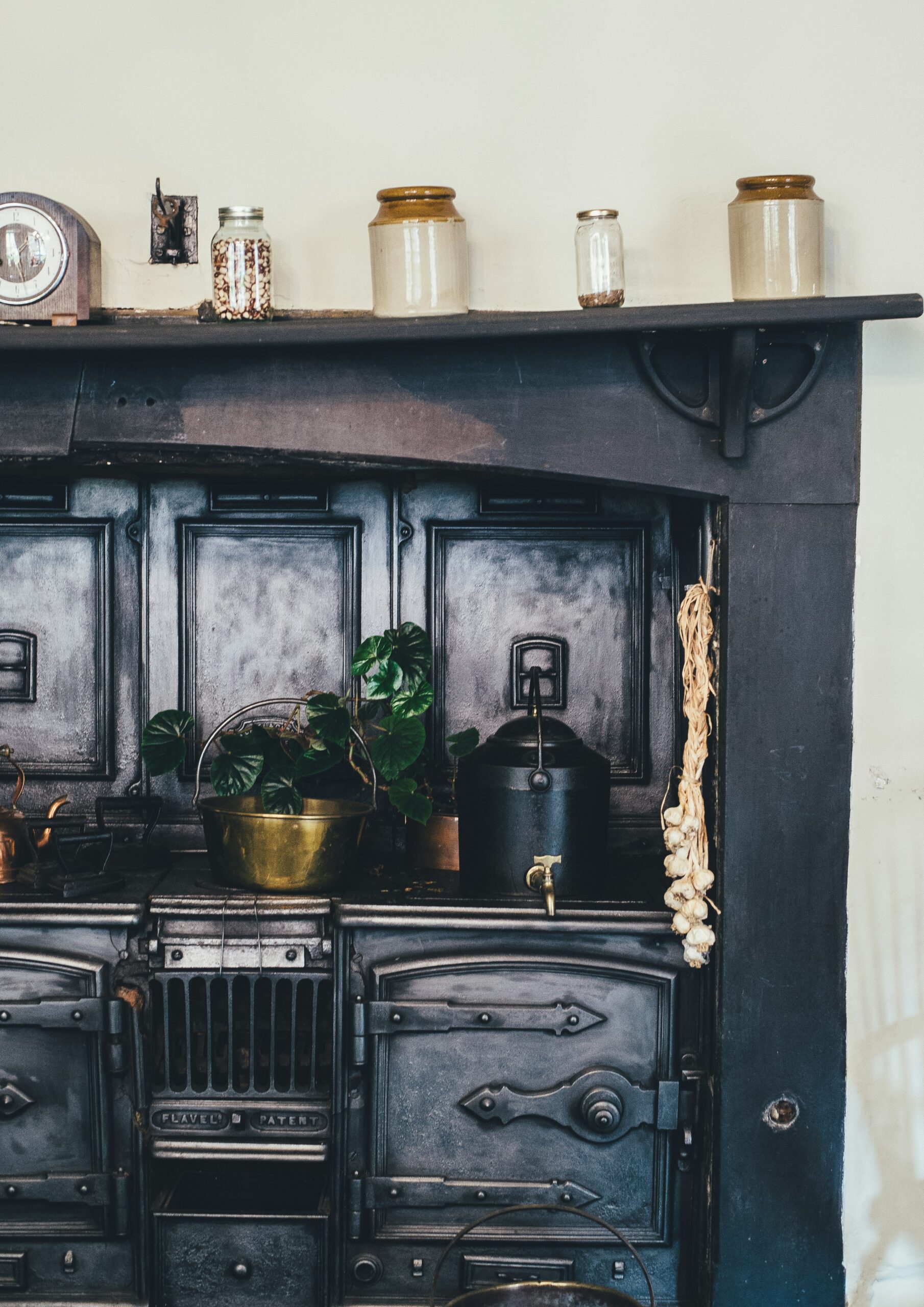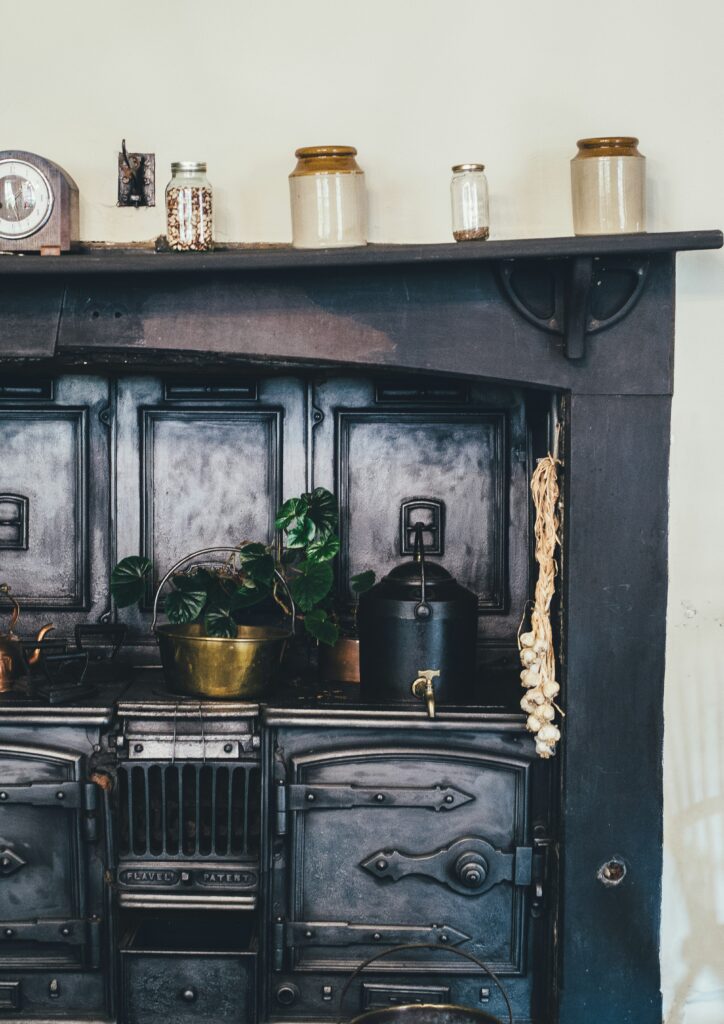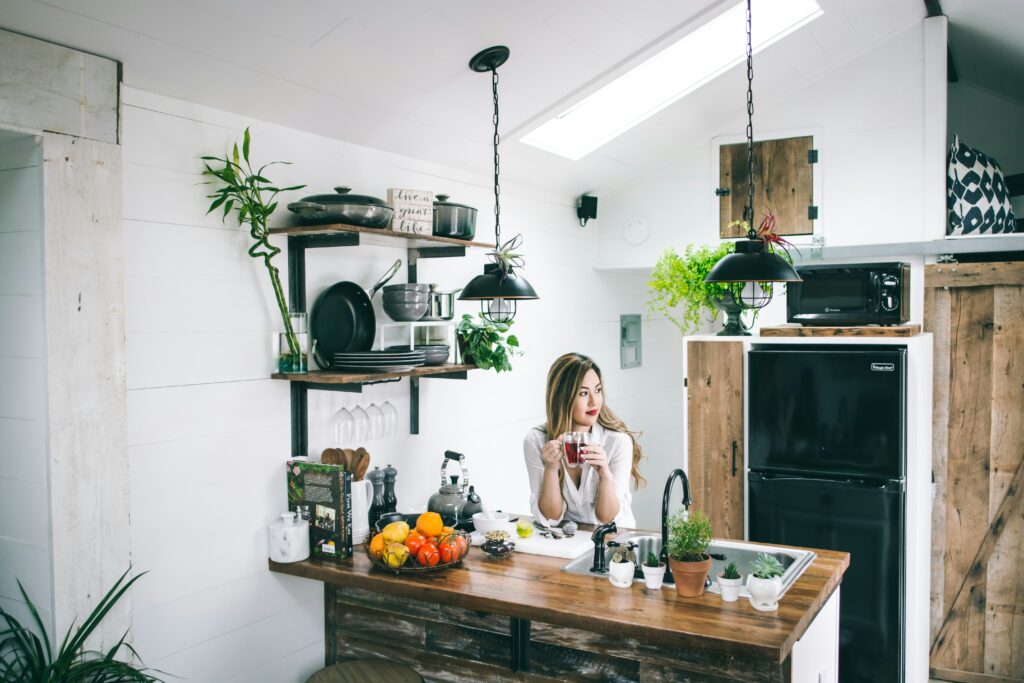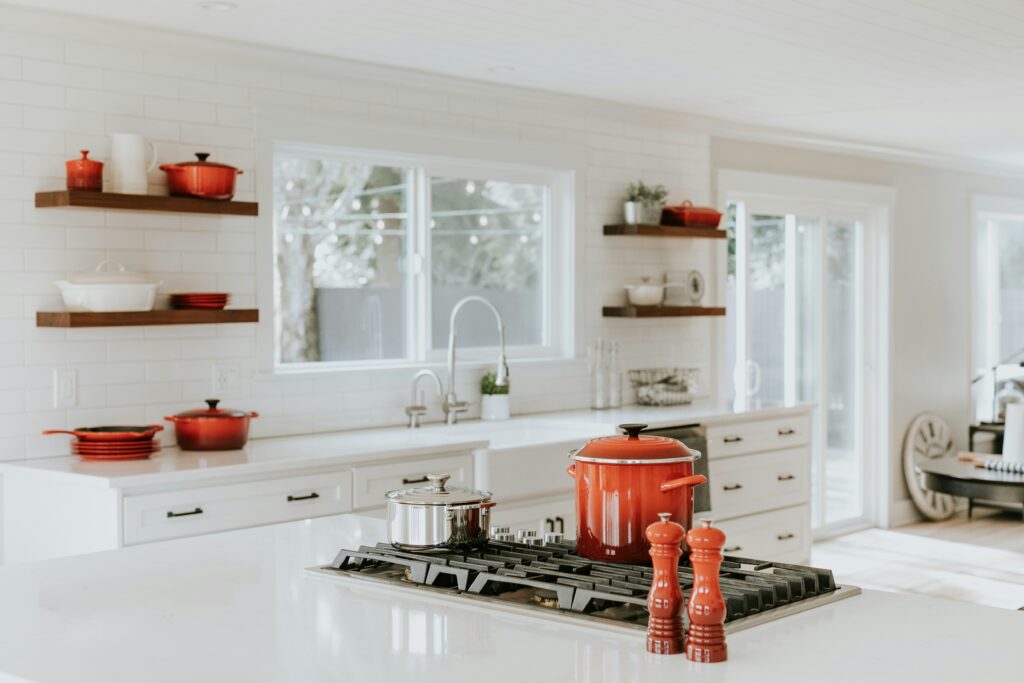How To Use A Digital Kitchen Scale

Have you ever wondered how professional chefs achieve that perfect flavor balance in their dishes? One secret tool they often rely on is a digital kitchen scale. Whether you’re a culinary enthusiast or just trying to perfect your home-cooked meals, understanding how to use a digital kitchen scale can greatly enhance your kitchen experience.

Understanding Digital Kitchen Scales
Digital kitchen scales have revolutionized how we measure ingredients. Accurate measurements are crucial in cooking and baking, where precision can elevate your dishes to new heights. Unlike traditional scales, digital kitchen scales provide exact measurements, which can make all the difference in the outcome of your recipes.
Why Choose a Digital Kitchen Scale?
Digital kitchen scales offer several advantages over traditional scales. They provide instant readings, are typically more accurate, and often allow for multiple measurement units, such as grams, ounces, and milliliters. This versatility means you can quickly switch between recipes from different parts of the world without doing manual conversions.
Common Brands and Their Features
When it comes to choosing a digital kitchen scale, options abound. Popular brands include OXO, Escali, Etekcity, Ozeri, My Weigh, Greater Goods, Nicewell, Kitchen Ready Units, and AmazonBasics. These brands are known for their reliability and range of features. Some scales offer features like tare functionality, backlit displays, and even nutritional information, which can be particularly useful if you’re tracking your dietary intake.
Setting Up Your Digital Kitchen Scale
Getting started with your digital kitchen scale is a straightforward process. Once correctly set up, your scale will become an indispensable part of your cooking routine.
Batteries and Power Source
Most digital scales are powered by batteries. Ensure you have the right type and fully charged batteries ready. Some models might come with rechargeable batteries or USB charging options. It’s a good idea to check the manufacturer’s instructions for the recommended power source.
Calibration and Testing
Calibration ensures your digital kitchen scale provides accurate measurements. Some scales require manual calibration, while others are auto-calibrated. For manual calibration, refer to the user guide provided with your scale, as the process can vary. It’s also wise to conduct periodic tests using a known weight, like a 100g calibration weight, to maintain accuracy.
Mastering the Basics: How to Measure with a Digital Kitchen Scale
Using a digital kitchen scale effectively requires understanding the basic operations, which will soon become second nature with a little practice.
Switching Between Units
Most digital kitchen scales allow you to switch between different units of measurement such as grams, ounces, pounds, and milliliters. This flexibility is particularly useful when following recipes from different regions. Typically, there’s a ‘unit’ button on the scale that allows you to change between these options quickly.
Using the Tare Function
The tare function is one of the most useful features of a digital kitchen scale. By pressing the tare button, you can reset the scale to zero. This is handy when you want to measure multiple ingredients in one container. Start by placing the empty container on the scale, press the tare button to reset to zero, and then add your ingredient. This way, you only measure the contents and not the weight of the container.
Practicing with Different Ingredients
Different types of ingredients, such as liquids, solids, and powders, may require slight adjustments in weighing. It’s helpful to practice with these to understand how your scale handles various consistencies. For instance, liquids should be measured in milliliters for precision, while solids often require weight (grams or ounces).
Tips for Effective Use of a Digital Kitchen Scale
Getting the most out of your digital kitchen scale involves more than just knowing how to operate it. Here are some practical tips to enhance your measuring experience.
Maintaining the Scale
Keeping your digital kitchen scale clean and well-maintained is crucial for its longevity. Avoid submerging it in water, and instead, wipe it clean with a damp cloth. Regularly check for residue buildup that could affect the accuracy.
Proper Storage
Storing your scale in a clean, dry place will help maintain its accuracy and functionality. If possible, store it in its original packaging to protect it from dust and damage.
Using the Scale for More than Cooking
Digital kitchen scales aren’t just for food. They can also be used for measuring other items like letters and packages for mailing, as long as you adhere to the scale’s weight capacity.

Troubleshooting Common Issues
Like any electronic device, digital kitchen scales can occasionally run into problems. Here’s how to troubleshoot some common issues you may encounter.
Inconsistent Readings
If your scale gives inconsistent readings, ensure it’s on a flat, stable surface. Uneven surfaces can affect measurement accuracy. Also, make sure you’ve recalibrated it as necessary, and that the batteries are not running low.
Display Issues
A faint or flickering display can signify low battery life. Check the batteries and replace them if needed. If the problem persists, consult the user manual or reach out to customer support for your specific model.
Scale Won’t Turn On
If your digital kitchen scale doesn’t turn on, the first thing to check is the battery compartment. Ensure the batteries are inserted correctly and have sufficient charge. If the problem continues, consider testing with a known working set of batteries or contact customer service.
Enhancing Cooking Skills with Precision
Once you’re comfortable using a digital kitchen scale, it’s time to leverage it to elevate your cooking skills.
Switching to Weight-Based Recipes
Many professional chefs and bakers prefer weight-based recipes over volume measurements because of their precision. Consider transitioning to recipes that provide measurements in grams or ounces for more consistent results.
Importance of Consistent Measurements
Consistent measurements lead to consistent results. By using your scale regularly, you’ll quickly notice improved accuracy in your cooking and baking, leading to better-tasting dishes.

Conclusion
Mastering the use of a digital kitchen scale transforms not just how you cook, but the quality of your dishes. It brings precision, efficiency, and simplicity into your kitchen. Whether you’re measuring ingredients for a delicate pastry or ensuring your dinner portions fit your dietary needs, a digital kitchen scale can make it an effortless endeavor. As you incorporate it into your cooking routine, you’ll find your culinary creations more consistently delicious and enjoyable to prepare. Remember, the key to improving your skills is practice and getting comfortable with the tools at your disposal. So, with your new knowledge, let your digital kitchen scale guide you to culinary excellence!
